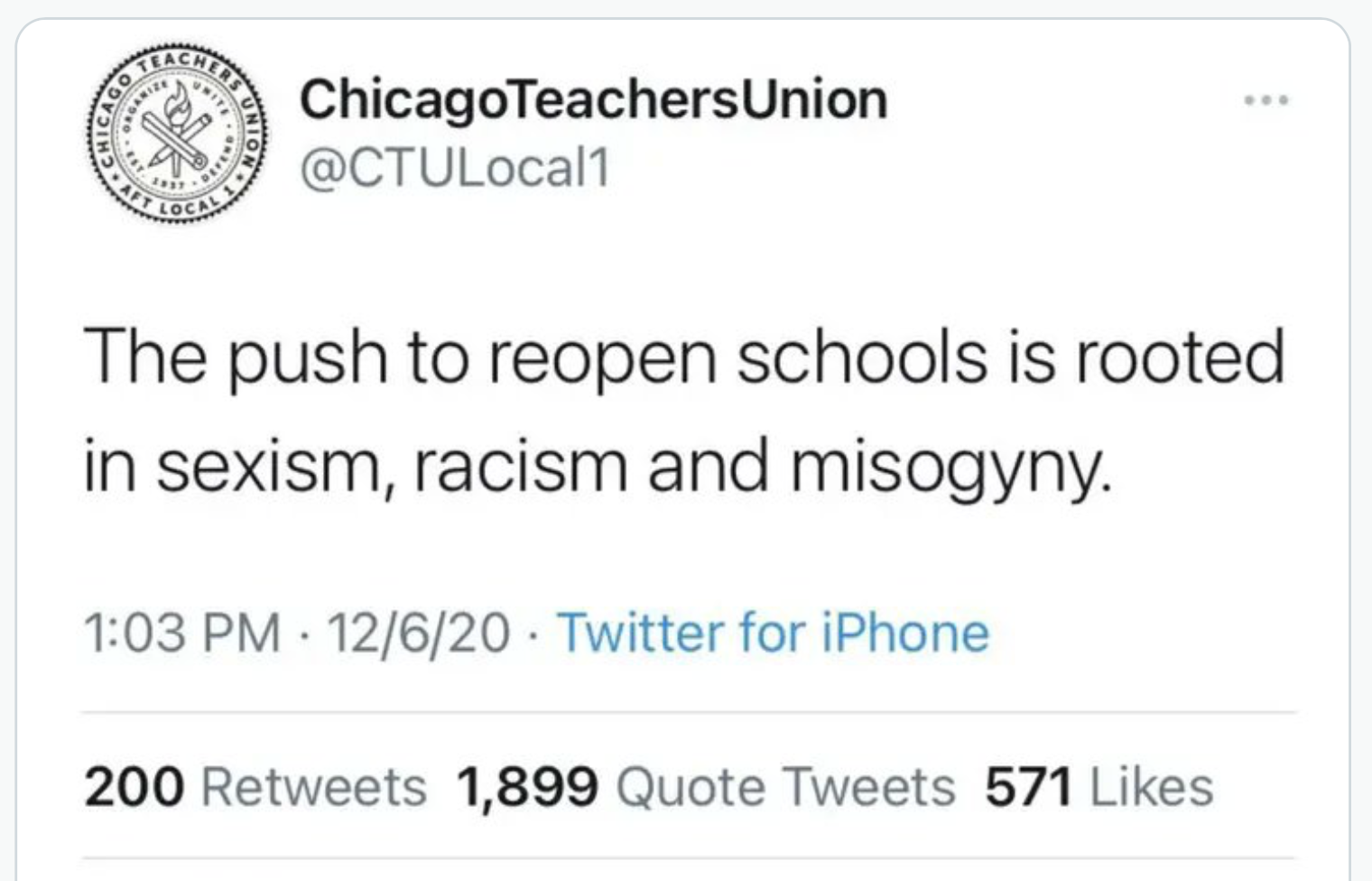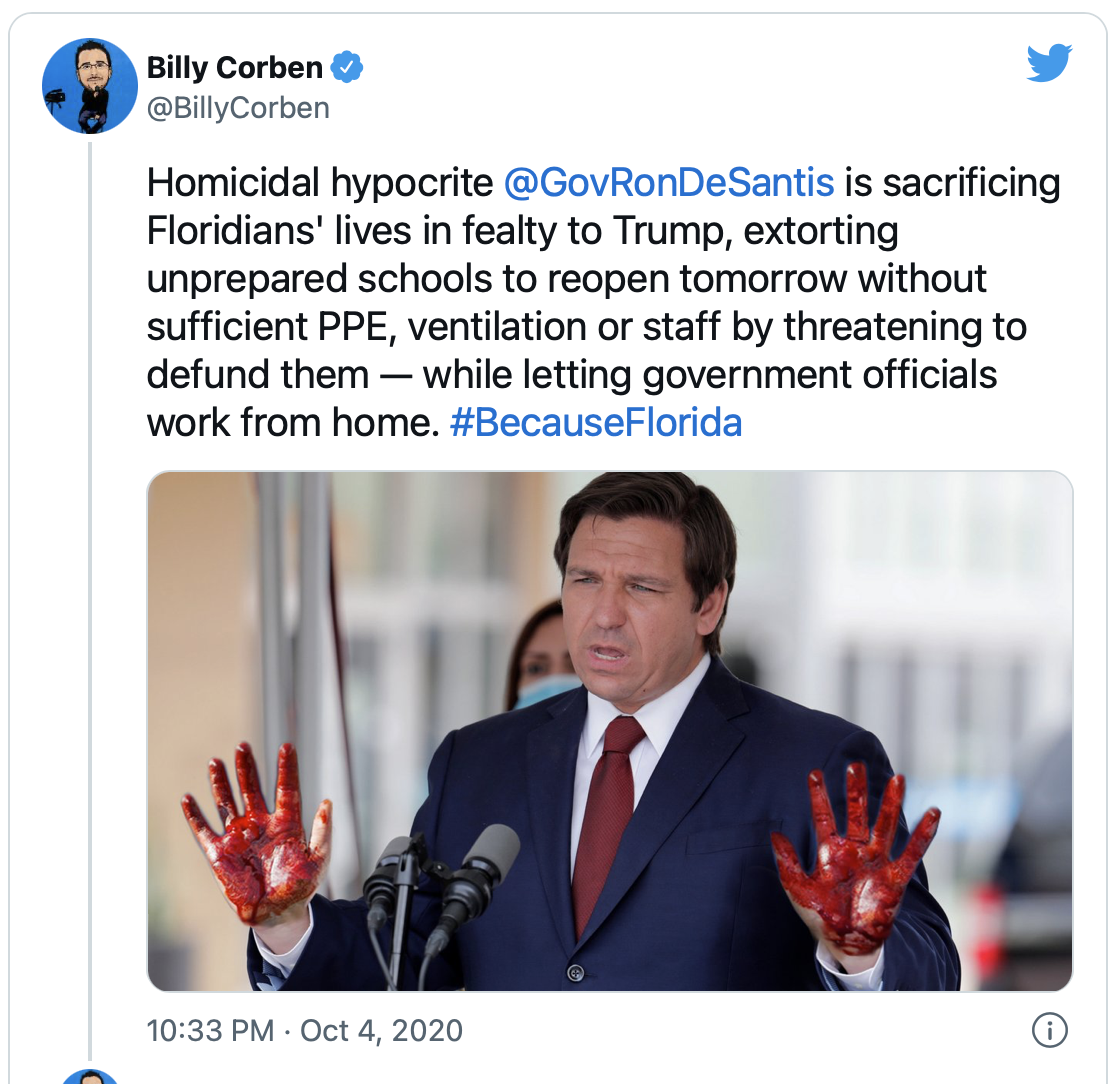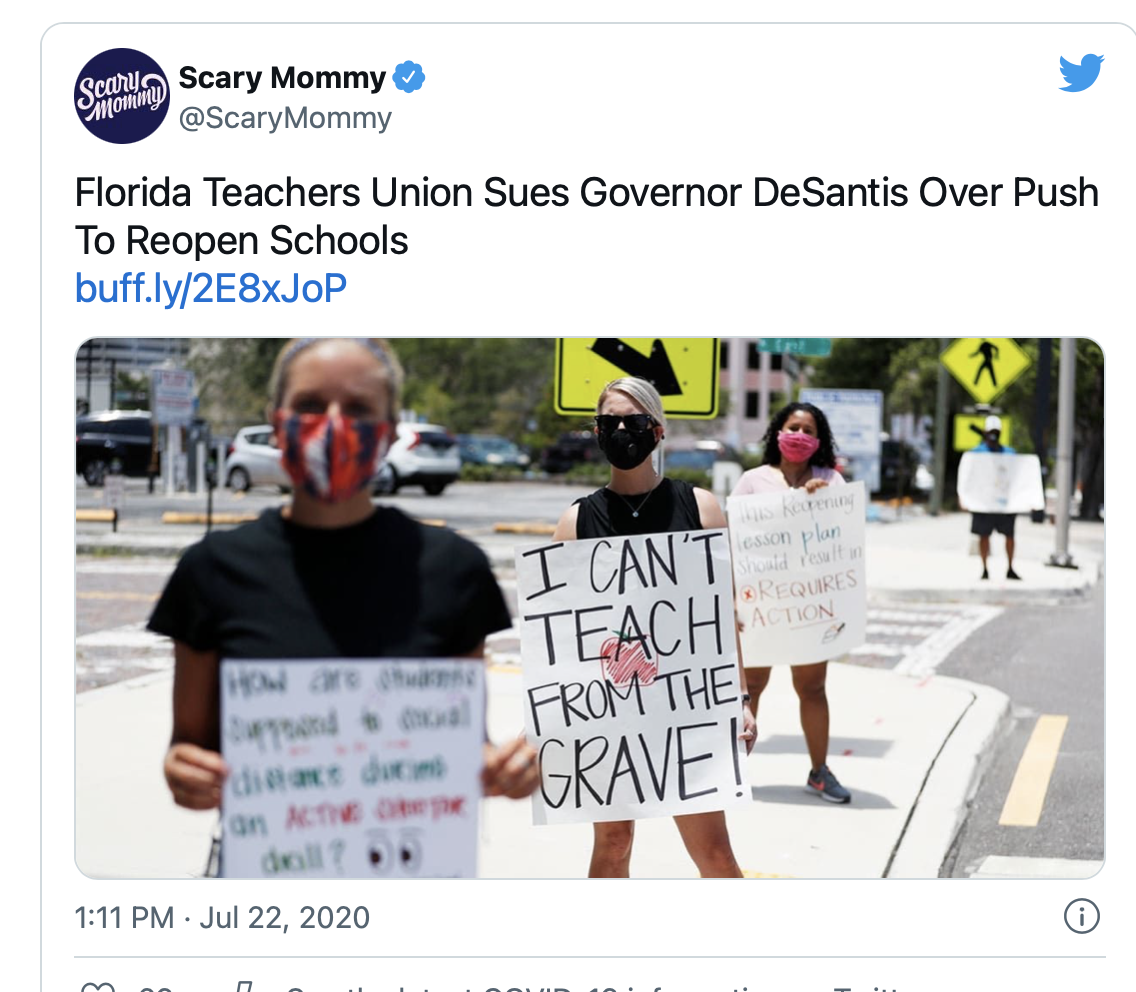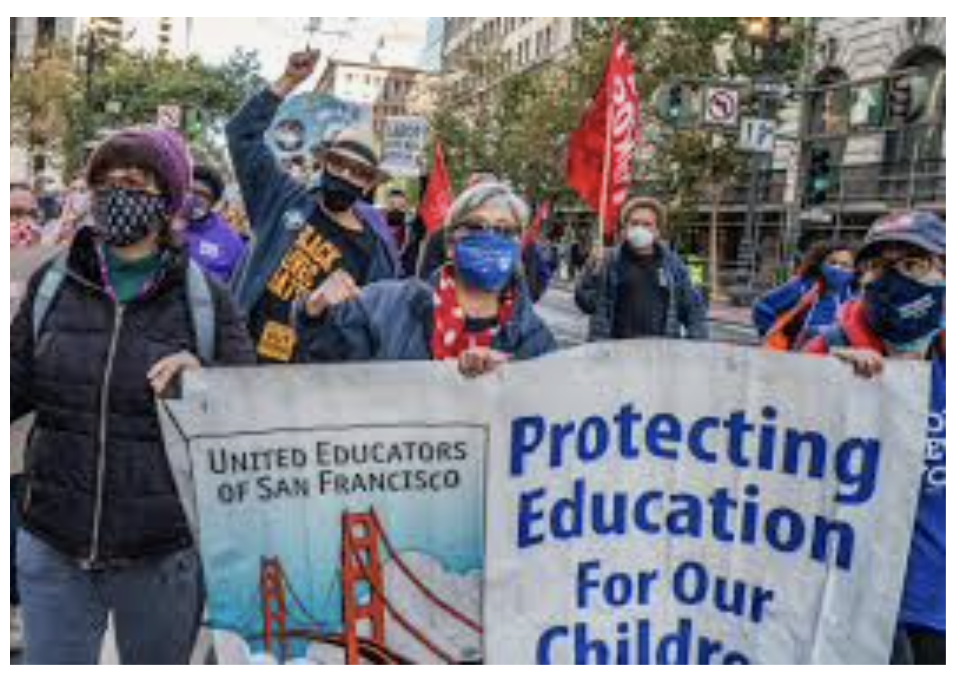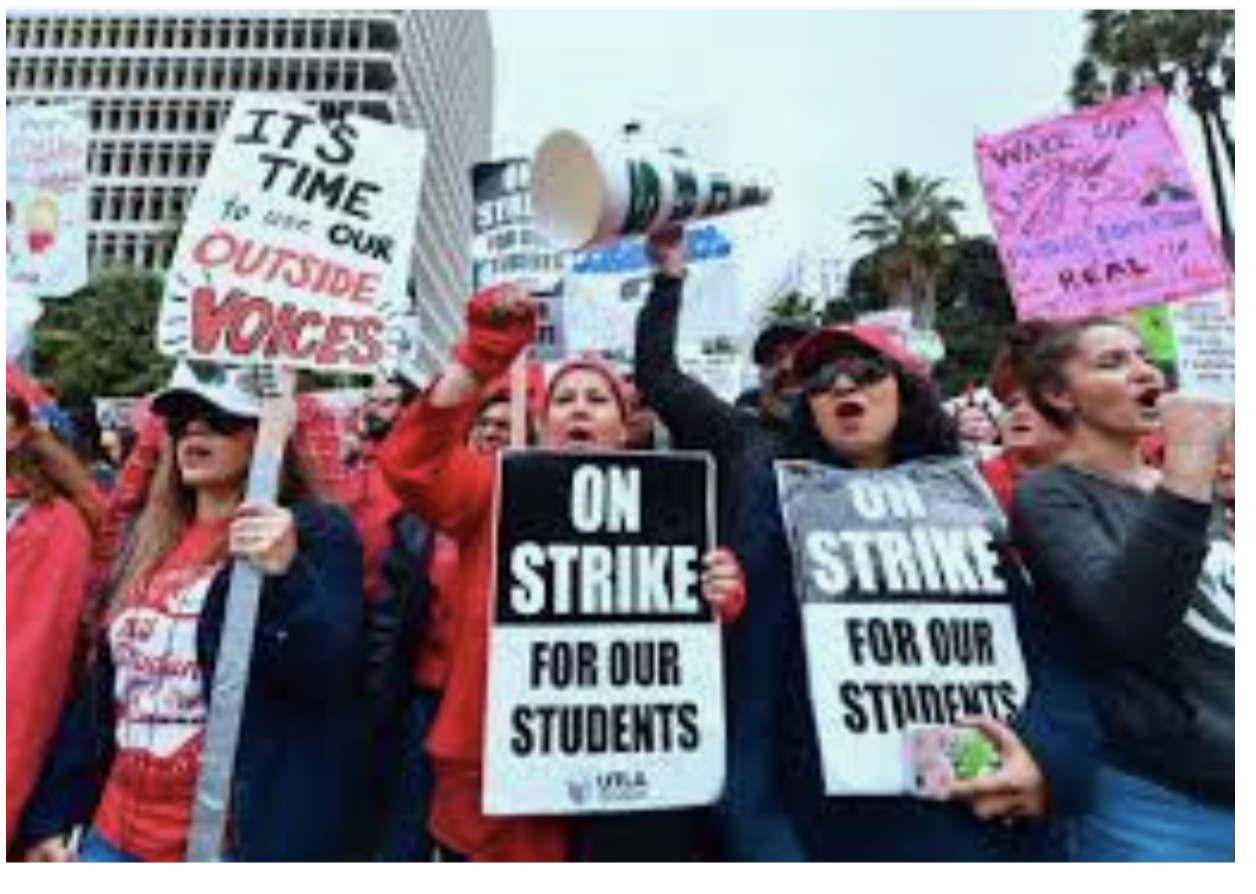The NYT admits that remote "learning" was a disaster, especially for poor children, and blames Democrats and teachers unions
/NY Times: Research shows 'remote learning was a failure' driven primarily by Democratic partisanship
It was never about the children.
On average, students who attended in-person school for nearly all of 2020-21 lost about 20 percent worth of a typical school year’s math learning during the study’s two-year window…
But students who stayed home for most of 2020-21 fared much worse. On average, they lost the equivalent of about 50 percent of a typical school year’s math learning during the study’s two-year window…
The data also shows that students at schools with higher levels of poverty suffered more learning loss, not because of poverty per se but because of politics.
This ties in with other studies, as [NYT reporter] Leonhardt notes. He also points out that remote learning undid much of the improvements that schools across the country had made with black and Hispanic students throughout the 1990s and 2000s. And “schools with large numbers of poor students were more likely to go remote.”
“Why?” he continues. “Many of these schools are in major cities, which tend to be run by Democratic officials, and Republicans were generally quicker to reopen schools. High-poverty schools are also more likely to have unionized teachers, and some unions lobbied for remote schooling.”
Many of these [high poverty] schools are in major cities, which tend to be run by Democratic officials, and Republicans were generally quicker to reopen schools. High-poverty schools are also more likely to have unionized teachers, and some unions lobbied for remote schooling.
Partisanship played a much stronger role in local decisions than state decisions. We analyze local district reopening plans and public opinion on reopening in the politically competitive state of Michigan. Partisanship was much more associated with district reopening plans than COVID-19 rates. Republicans in the Michigan public were also far more favorable than were Democrats toward in-person learning. States’ decisions to leave reopening plans to their districts opened the way for students’ experiences to be shaped by their area’s partisanship.
Were many of these problems avoidable? The evidence suggests that they were. Extended school closures appear to have done much more harm than good, and many school administrators probably could have recognized as much by the fall of 2020.
And there has been long term damage to schools themselves, not just their current student body:
New York City, the largest district in the nation, has lost a staggering 9.5 percent of students since the onset of COVID-19. Los Angeles Unified, the second largest, where unions have had particular success in getting most every restriction and compensation they wanted, saw the student body shrink by 8.1 percent. School Superintendent Alberto Carvalho, in an article earlier this month at The 74 Million, described the confluence of the enrollment drop and the drying out of the nearly $200 billion in emergency federal COVID relief funds to K-12 schools as potentially “Armageddon.”
Unless the long-term trend of Angelenos fleeing the public school system somehow reverses, Carvalho warned, “It’s going to be a hurricane of massive proportions.”
The only two of the country’s top 10 school districts that haven’t lost population since the pandemic hit are both in Florida (Orange and Hillsborough counties), where Gov. Ron DeSantis ordered schools open by edict in the fall of 2020. Of the 46 states in AEI’s study, only four added students to their public schools: The heavily Republican South Dakota, Utah, North Dakota, and Idaho. The six states that lost between 0 percent and 1 percent during that time, including Florida and Texas, are also GOP strongholds.
DeSantis for president, 2024:
DeSantis: “We spent months saying that there were certain things that were essential that included fast-food restaurants. It included Walmart and Home Depot and Lowe’s,” DeSantis said at a news conference in Jacksonville with U.S. Secretary of Labor Eugene Scalia. “If all that is essential, then educating our kids is absolutely essential, and they have been put to the back of the line in some respects.”
So of course ….
And: Florida Teachers Union Sues Governor DeSantis Over Push To Reopen Schoolshttps://t.co/9NgZuo58N8 pic.twitter.com/PItzG03fCr
All across the country, the teachers couched their demand for higher wages and the right to paid hime vacations with concern for “the children”, and their politicians caved.
But, always, it comes down to this:
and our pay

